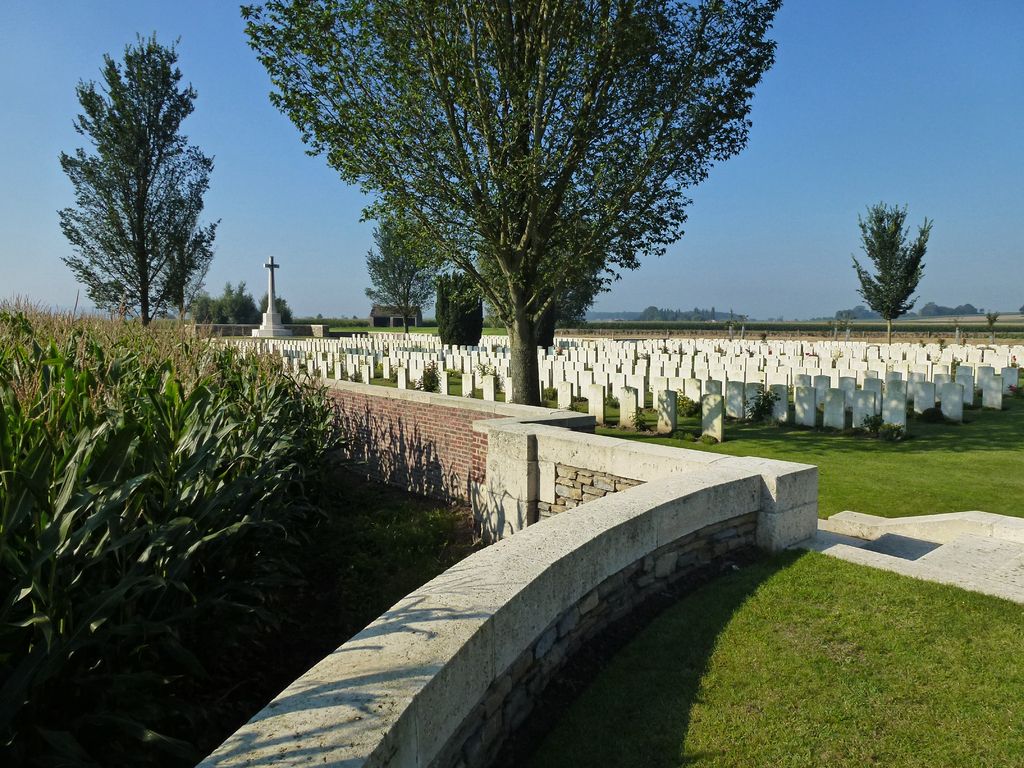Modular Homes Reconsidered: Could Pre-fabricated Buildings Solve Berlin's Housing Deficit?
The sun blazes high in the sky over Berlin-Reinickendorf, casting a serene ambiance on Raschdorffstraße. Parked cars line the street like dominos between towering oak and maple trees. Aloof, the only noise that breaks the silence is the rattling departure of a cargo bike on cobblestones. A feline lazily wanders past, disregarding the idyllic scene. Somewhere nearby, novel modular houses are rumored to be hiding. As the world grapples with a severe housing shortage, modular construction has emerged as a buzzword, promising a brighter future for the construction industry. Manufactured in factories, these system buildings are designed for swift assembly on-site, expediting the construction process and potentially reducing costs. The so-called "housing machines" of yesteryear from both the East and West are claimed to be the solution to our present predicament—some even suggesting a renaissance of sorts, coining the term "Plattenbau 2.0."
However, from the street, there's no evidence of these innovative modular houses. We scan the landscape, instead encountering several historic buildings from the late 1920s. They too were the product of a housing construction campaign, albeit during the Weimar Republic. Then, under the leadership of the SPD, Berlin's administration embarked on an extensive building program, constructing approximately 140,000 new apartments between 1924 and 1931. Even in those days, Berlin struggled with acute housing shortage, and Reinickendorf—still an agrarian village—developed into a quintessential working-class neighborhood. To this day, the charming red-brick facades remain the defining feature of the area's streetscape, enchanting residents and visitors alike.
architect Xaver Egger arrives on the scene, leaving us puzzled about the missing modular building. When we express our confusion, he smiles coyly, "You'll see it soon enough," he replies, continuing his stroll. "As part of a renovation, the owner decided to expand the old building by adding two floors and construct a new modular building within the courtyard. That's where we came in—due to our office's specialization in modular construction." Egger points to the street-facing facade. "You wouldn't guess there was a modular building constructed here if you didn't know." He then fishes out a key, unlocking an unassuming door—as if revealing the entrance to a hidden hideout.
We follow him down a long, dim corridor to an inner courtyard. Entering, we find ourselves immersed in a lush, verdant oasis that shields us from the urban chaos. Birds chirp melodiously, and the wind rustles through the dense foliage of the trees. The courtyard is framed by the freshly plastered facades of the old building on the south and west sides, while a minimalist, slightly greenish new building boasts tall windows and intricate metal balconies on the opposite side. We stop, captivated, and Egger proudly declares, "We are very proud of this project. In my opinion, it demonstrates the versatility of modular construction in dense, urban settings."
Densification is a critical aspect of modular construction's appeal, as the pre-fabricated nature of building components allows for a significantly speedier completion—on average, up to 70% faster than traditional methods, reducing construction traffic, noise, and pollution. Yet, achieving this level of densification can be frustrating. "The density could have been much higher here," reveals Egger, gesturing to the new building. "Originally, we had proposed five floors for the new building, but politics remained stubborn. Regrettably, it has ended up as only four floors," he says, shrugging off the weight of the unrealized potential.
Communication with the authorities can be challenging, he admits, without a trace of bitterness. "It's always said that we need to construct more apartments, but politics often doesn't keep up." This communication gap arises from complex regulations, slow decision-making processes, and an overall reluctance to embrace new construction methods such as modular building, he explains.
Despite the compromises, both the extension buildings and the new modular building reflect a high-quality, understated aesthetic. They bear no semblance to stacked containers or typical East German panel buildings. "Many people still connect modular construction with container buildings or panel buildings," says Egger, "but modern modular construction shares very little with either." Today's modular construction offers combinable room cells with varying widths, lengths, and ceiling heights, along with a diverse range of facade materials—from wood and brick to composite materials—enabling architects to craft buildings that are both functional and aesthetically pleasing.
As we traverse the enchanting courtyard, Egger delves deeper into the compromises that shaped the project. "Both the extension and the new building are wooden modular buildings," he says, referring to the facade disguising the materiality. "Due to the model timber construction directive—which we jokingly called the model timber construction prevention directive in the office—we were obligated to plaster the facade." This directive, in effect until May 2025, prohibited pure wooden facades on buildings of this size due to fire safety concerns, arguing that larger buildings should generally not be combustible.
Egger also proposed adding wooden balconies to the existing building apartments to visually connect them to the new building, but the district vetoed the idea. "They insisted that we not make the apartments too beautiful," Egger laments, shaking his head. "Sometimes you wonder whose interests are being served."
Moving inside the new building reveals a staircase that still reeks of fresh plaster and wood. "Each module was entirely prefabricated—including walls, floors, bathrooms, and facade components," explains Egger. On the construction site, this means that an entire floor is assembled in a day, and moving a module with a mobile crane takes only 30–40 minutes.
After unlocking a door with another of his many keys, we step into a bright living room with a kitchenette, a top-notch floor, and towering windows that overlook the idyllic inner courtyard. From the open living area, several rooms branch off: a bedroom, a home office, and a compact bathroom. A module typically weighs around 10–15 tons and usually measures three meters in width and up to eight meters in length—larger dimensions are theoretically feasible but financially impractical due to the complicated transportation logistics.
Construction of a module takes between two and four weeks; assembly on the construction site then takes just a few days. For a complete modular building, the timeline from production inception to delivery can take as little as five to seven months—a drastic improvement over traditional construction methods, which can take twelve to eighteen months or more.
The production of modules is carried out by specialized modular construction manufacturers, some of which have decades of experience in this field. "Production in the factory offers ideal conditions," Egger explains. "Structural imperfections and weather-related construction delays are extremely rare. In fact, the rework rate for modular buildings is less than one percent."
Quality remains consistently high as each module is complete, loaded onto a low loader for transport to the construction site, and then precisely assembled using a mobile crane until the entire building is complete. This streamlined process significantly benefits project developers while minimizing dirt and noise for neighbors, making it an attractive option for sustainable urban development.
Despite the speed and practicality advantages, modular buildings are not significantly cheaper to manufacture. According to manufacturer specifications, high-quality modular buildings currently cost between 3200 and 3500 euros per square meter, whereas conventionally built new buildings of comparable quality cost between 3500 and 4000 euros. "Currently, modular construction is not cheaper to manufacture, and that might be one reason for its modest market share."
At present, the nationwide share of completed modular buildings stands at only five percent, although there are occasional notable modular construction projects in Berlin, such as the currently under construction WoHo wooden-hybrid high-rise in Kreuzberg. The modular construction market share in the capital is estimated to be only three percent.
Despite the initial challenges, Xaver Egger believes that modular construction will become increasingly significant in the near future. "Given the current housing shortage, modular construction already plays an increasingly important role. In light of the worsening skilled labor shortage, this construction method will be essential in the long run." Egger emphasizes that the key advantage of serial production lies in its speed: "As the new government has recognized, we need more speed in construction. This is especially crucial for Berlin, where the housing market is tight."
With modular construction poised to take a more prominent role in Berlin, critics voice concerns about maintaining architectural diversity and quality. Architect and urban planner Christoph Mäckler, for instance, warns of the risk of a faceless architecture in new residential areas—something that distresses both Egger and the industry at large.
Despite these concerns, modular construction could become an essential tool in alleviating Berlin's persistent housing crisis—provided that the barriers to its widespread adoption are addressed. As Egger gazes around the lush inner courtyard, twilight casting a gentle glow on the facades, he wonders, "Is modular construction really the big answer to Berlin's housing crisis? No, but it could be a critical lever if recognized and embraced by politics."
The finance invested in modular construction projects could offer a practical solution forReal-estate development, especially in densely populated urban areas like Berlin, given the speed and efficiency they provide in addressing the severe housing shortage. In this particular project, architect Xaver Egger utilized modular construction to expand an old building and construct a new one within the courtyard, demonstrating the versatility of this construction method in urban settings.





